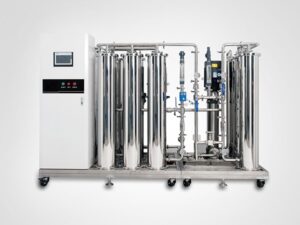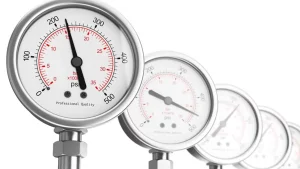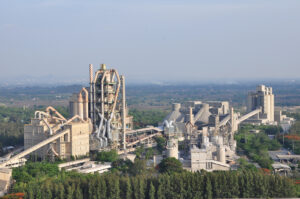Pressure gauges play an essential role in safety-critical applications, from chemical processing to power generation. Accurate and reliable pressure measurements help maintain operational safety, reduce risks, and ensure compliance with regulatory standards. In this article, we will examine how pressure gauges contribute to safety in high-stakes environments and the specific features that enhance their performance.
1. Real-Time Monitoring for Hazardous Conditions
Immediate Feedback: Pressure gauges provide real-time readings that alert operators to dangerous changes in pressure, allowing for quick corrective actions. In industries such as oil and gas, where high pressures are common, this immediate feedback is crucial for preventing accidents.
Alarm Integration: Many pressure gauges can be paired with alarm systems that sound when pressure reaches unsafe levels. This added feature provides an additional layer of protection by drawing attention to potential issues before they escalate.
2. Protecting Equipment and Personnel
Overpressure Prevention: Gauges equipped with overpressure protectors prevent damage to equipment by shielding it from sudden pressure surges. This not only protects the gauge itself but also prevents downstream equipment from experiencing dangerous overpressures.
Emergency Shutoff Systems: In applications where pressure buildup could lead to catastrophic failure, gauges connected to emergency shutoff systems can trigger automated responses to relieve pressure and avoid dangerous situations.
3. Design Features for High Safety Standards
Explosion-Proof Gauges: In hazardous environments, such as petrochemical plants or mining operations, explosion-proof pressure gauges are essential. These gauges are designed to prevent sparks or overheating, ensuring they do not become an ignition source in flammable areas.
Hermetically Sealed Gauges: Sealed pressure gauges are beneficial in harsh environments where dust, moisture, or chemicals could affect gauge performance. By keeping contaminants out, these gauges maintain accuracy and ensure reliable operation under challenging conditions.
4. Maintaining Compliance and Reducing Liability
Meeting Regulatory Standards: Many safety-critical industries are subject to strict regulations regarding pressure monitoring. Pressure gauges that meet standards such as ASME or ISO ensure compliance and protect companies from potential penalties.
Regular Inspections and Calibration: To maintain accuracy and reliability, pressure gauges should be regularly inspected and calibrated. This practice not only reduces liability risks but also ensures that gauges provide accurate readings that help maintain safe operating conditions.
In safety-critical applications, pressure gauges are indispensable tools for real-time monitoring, equipment protection, and regulatory compliance. By selecting gauges with appropriate safety features and conducting regular maintenance, companies can significantly enhance the safety of their operations and minimize the risk of incidents.



